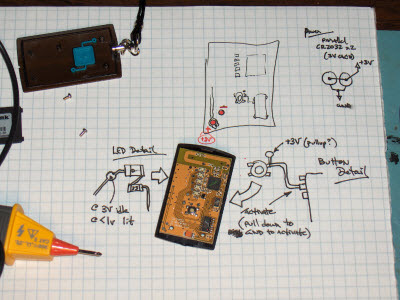
The MiniTron is a high end vacuum tube stereo amplifier with efficiency, distortion, and power output enhancements provided by some unique circuitry featuring a dsPIC30F2023 controller IC. The dsPIC is used in this project to create a tracking buck converter whose output voltage tracks the audio signal. The unique SMPS resources in these IC’s do most of the "hard stuff" usually required in an SMPS design, leaving ample processing power available for other activities.
These IC’s and the Avago galvanic isolators are truly the "enabling technology" for this project. The controller IC is also used to perform system health checks, and set the operating points of the individual vacuum tubes. This allows total system programmability, offering several possible preset operating modes.
© George Anderson
Download
Project Documentation
tag : Tube Stereo Amplifier, Audio, dsPIC projec


.bmp)
.bmp)











